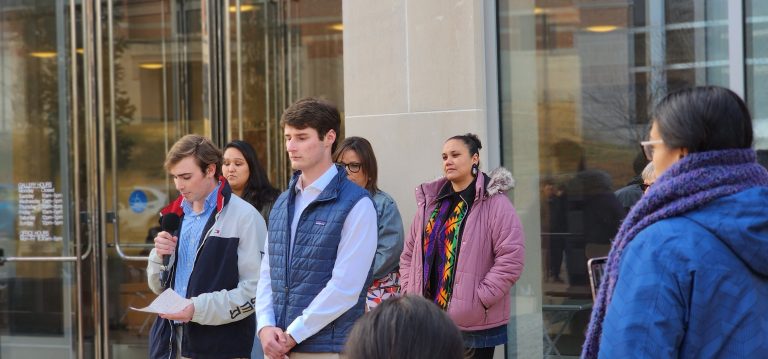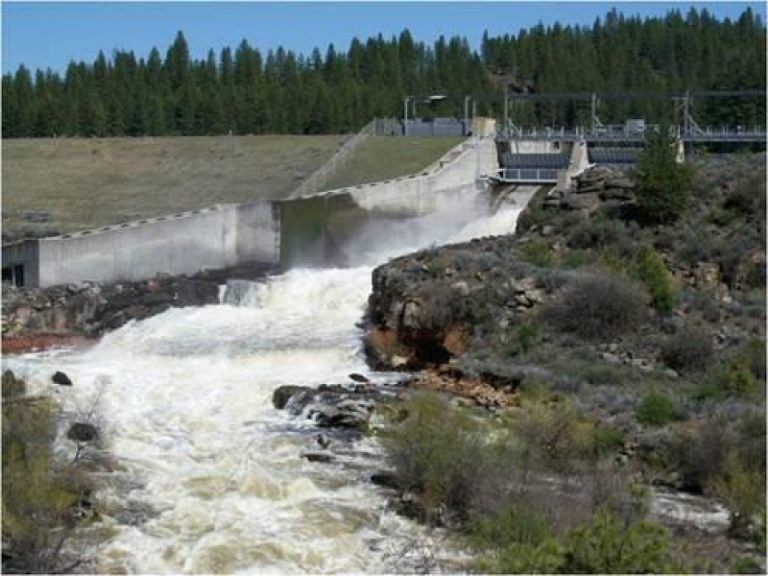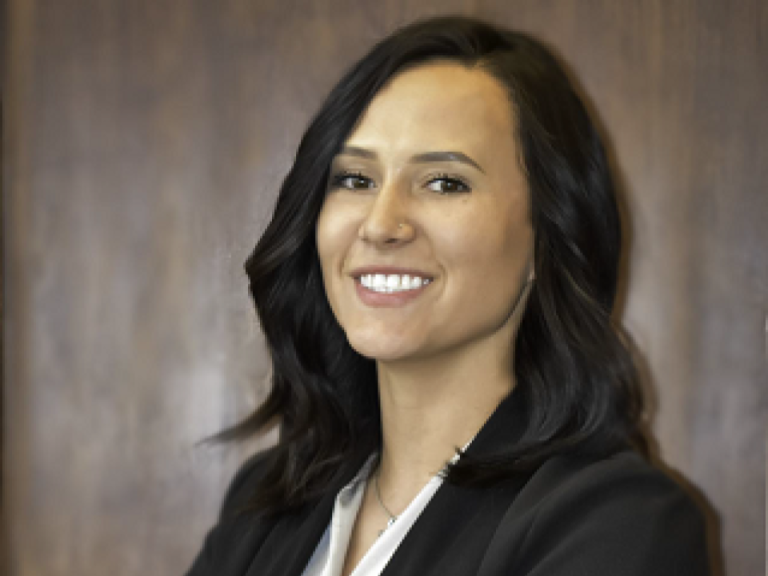Podcast: Play in new window | Download | Embed
MT asks feds to cut regs protecting waterways from mine pollution
MI UP school district launches Ojibwe classes
News For All Americans
Podcast: Play in new window | Download | Embed
MT asks feds to cut regs protecting waterways from mine pollution
MI UP school district launches Ojibwe classes
Podcast: Play in new window | Download | Embed
MT county seeks to end law enforcement on Flathead Reservation
Native Hawaiian film wins top prize at Anchorage film fest
Indigenous Gaelic language legalized in UK

Podcast: Play in new window | Download | Embed
KS Native community receives apology for damaged art exhibit
2 AZ tribal leaders appointed to U.S. border security council

Podcast: Play in new window | Download | Embed
Tribes celebrate historic removal of Klamath River dams
Senate votes to protect sacred Native items
Broadband satellites launch ‘gamechanger’ for Alaska Natives
Podcast: Play in new window | Download | Embed
Tribal schoolyard pilot program launched in 6 states
Dozens of bison transferred to tribal herds
Interior’s place names cmte holds 1st mtg
Podcast: Play in new window | Download | Embed
3 AK students leading push to remove S-Q word from place names
Sacred Spirit Mountain on verge of becoming national monument

Podcast: Play in new window | Download | Embed
Morrisette hired by SD AG to coordinate MMIP investigations
Feather Alert roundtable held in CA
Interior Dept. overhauls tribal consultation policy
Podcast: Play in new window | Download | Embed
Garland recommits to Native civil rights cases including Rapid City
USFWS Alaska Native policy comment period ends today
Podcast: Play in new window | Download | Embed
VP Harris vows to protect ICWA during White House Tribal Summit
Interior Dept. to spend $75m to relocate 3 tribes impacted by climate change
Podcast: Play in new window | Download | Embed
President Biden renews his commitment to tribal nations
MT Sen. introduces Native homeless vets bill